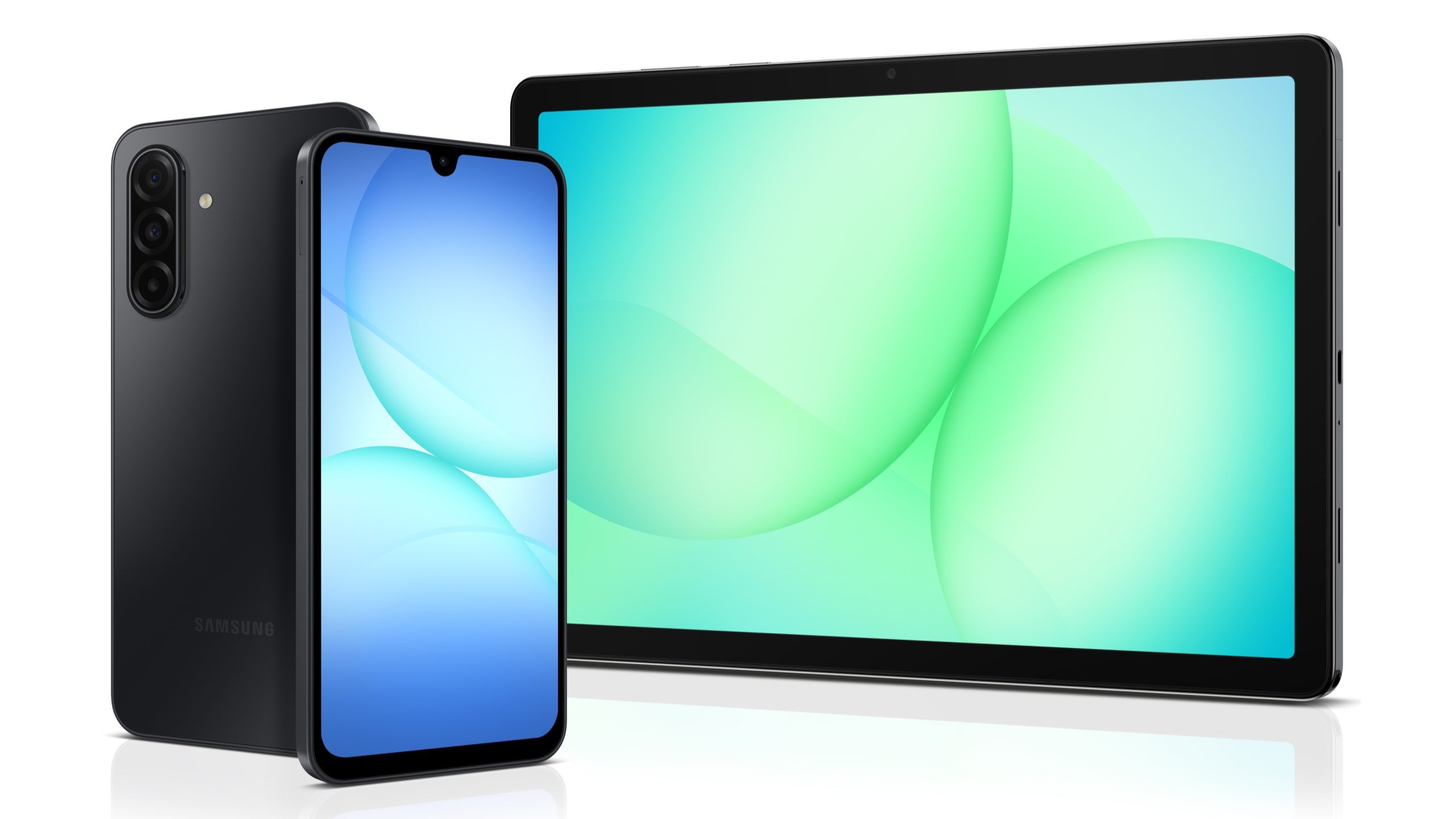Is the Galaxy Watch 8 worth the upgrade? Here's every factor to consider
From Samsung's controversial new design to annoying feature locks, Samsung is pulling out all the stops to get you to upgrade to the Galaxy Watch 8.
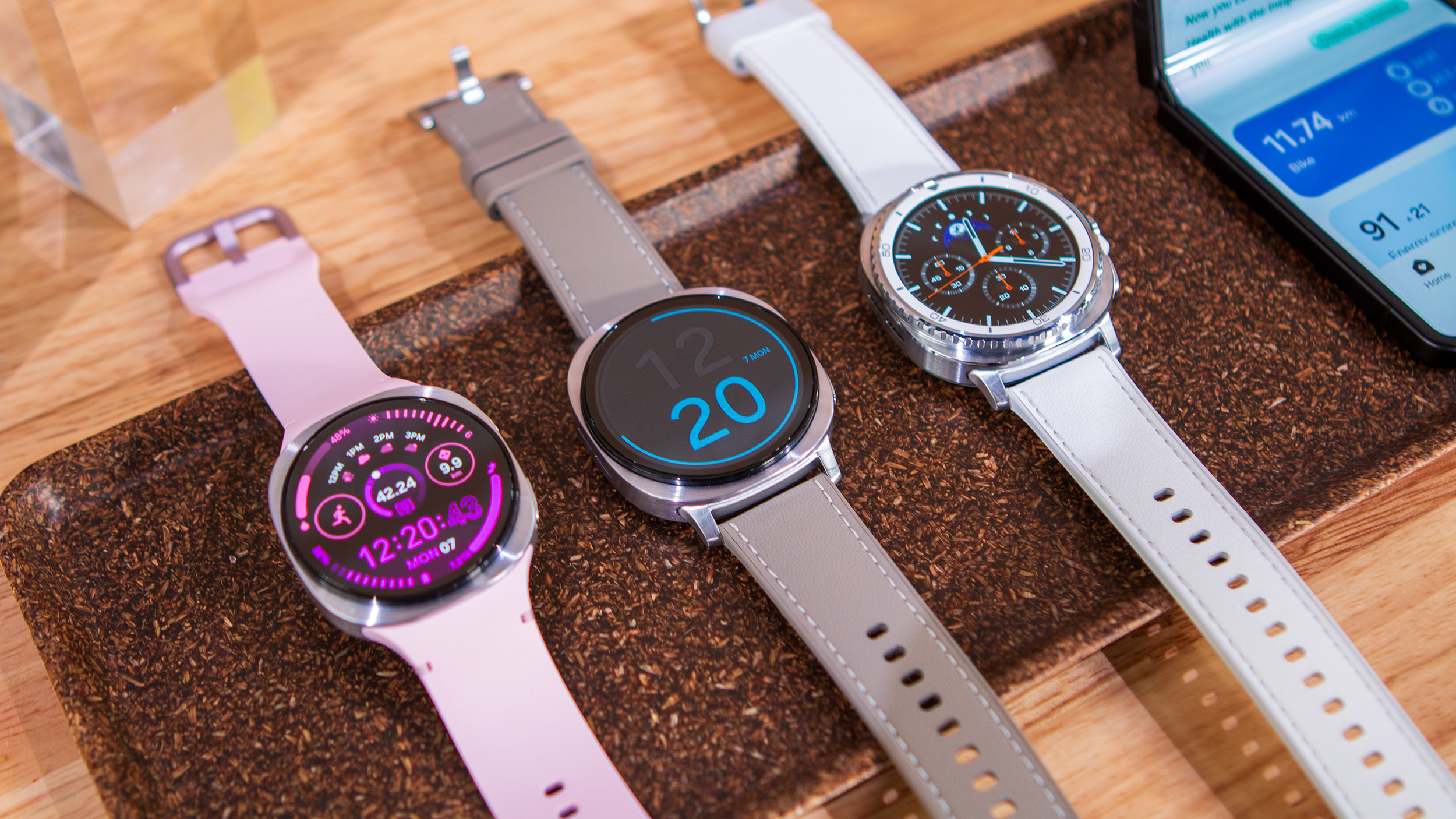
The Samsung Galaxy Watch 8 and Watch 8 Classic arrive on July 25, and Samsung has its trademark trade-in deals with enhanced credit to tempt long-time fans into upgrading. But should you upgrade to the Galaxy Watch 8, or should you hold off for the Galaxy Watch 9?
As the person who reviewed the Galaxy Watch 6 and 6 Classic, owns the Galaxy Watch 7, reviewed the first-gen Galaxy Watch Ultra, and is currently testing the Galaxy Watch 8 Classic, I feel more than qualified to answer the question!
I'll talk about the polarizing Ultra-fication of the Watch 8 lineup, something my colleague Andrew discussed in his Galaxy Watch 8 hands-on. But whatever your tastes, upgraded specs and new Samsung Health features should matter just as much as design.
Here's the gist, if you're in a hurry: Galaxy Watch 7 owners have only one tentative reason to upgrade, but with a Galaxy Watch 6 (Classic) or older, you should be seriously tempted.
The Samsung Galaxy Watch 8 isn't as different as it looks
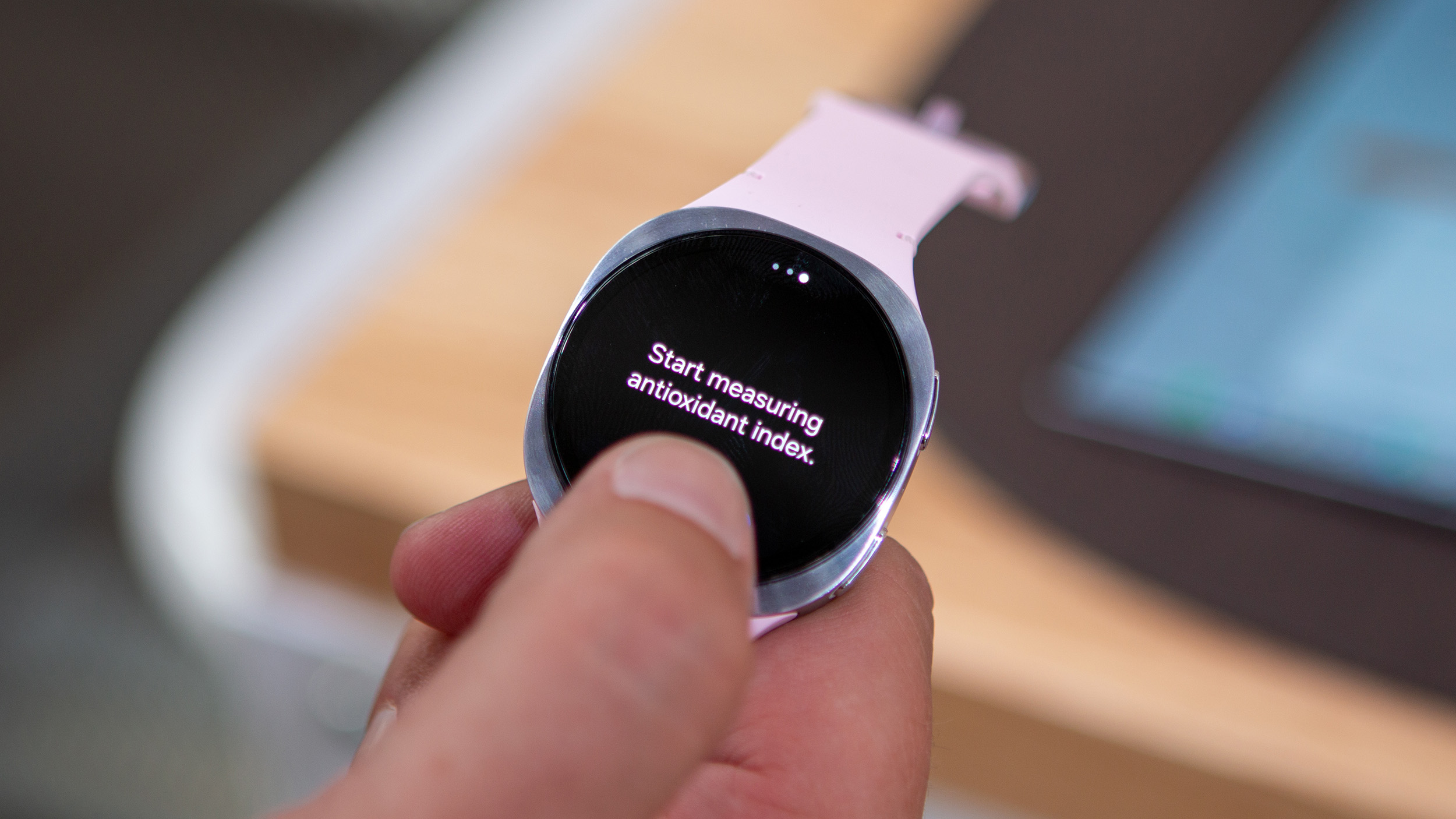
If you compare the Galaxy Watch 8 vs. 7, it's immediately apparent how similar they are. They share the 3nm Exynos W1000 chip, 2GB of RAM, 32GB of storage, dual-band GPS, Bluetooth and Wi-Fi connectivity standards, and the latest BioActive Sensor suite with extra HR LEDs.
If you're switching from the Watch 6 to the Watch 8, however, you do get a faster, more battery-efficient processor, dual-band GPS, more accurate health sensors with more data, doubled storage, and extra display brightness. Slightly more tempting, right?
Samsung slightly switched up its display sizes with the Watch 8: It measures 1.34 and 1.47 inches instead of 1.3 and 1.5, with a 326 pixels-per-inch ratio that's right in the usual ballpark. I doubt most people will notice that the display is different from previous years, aside from the extra brightness.
Get the latest news from Android Central, your trusted companion in the world of Android
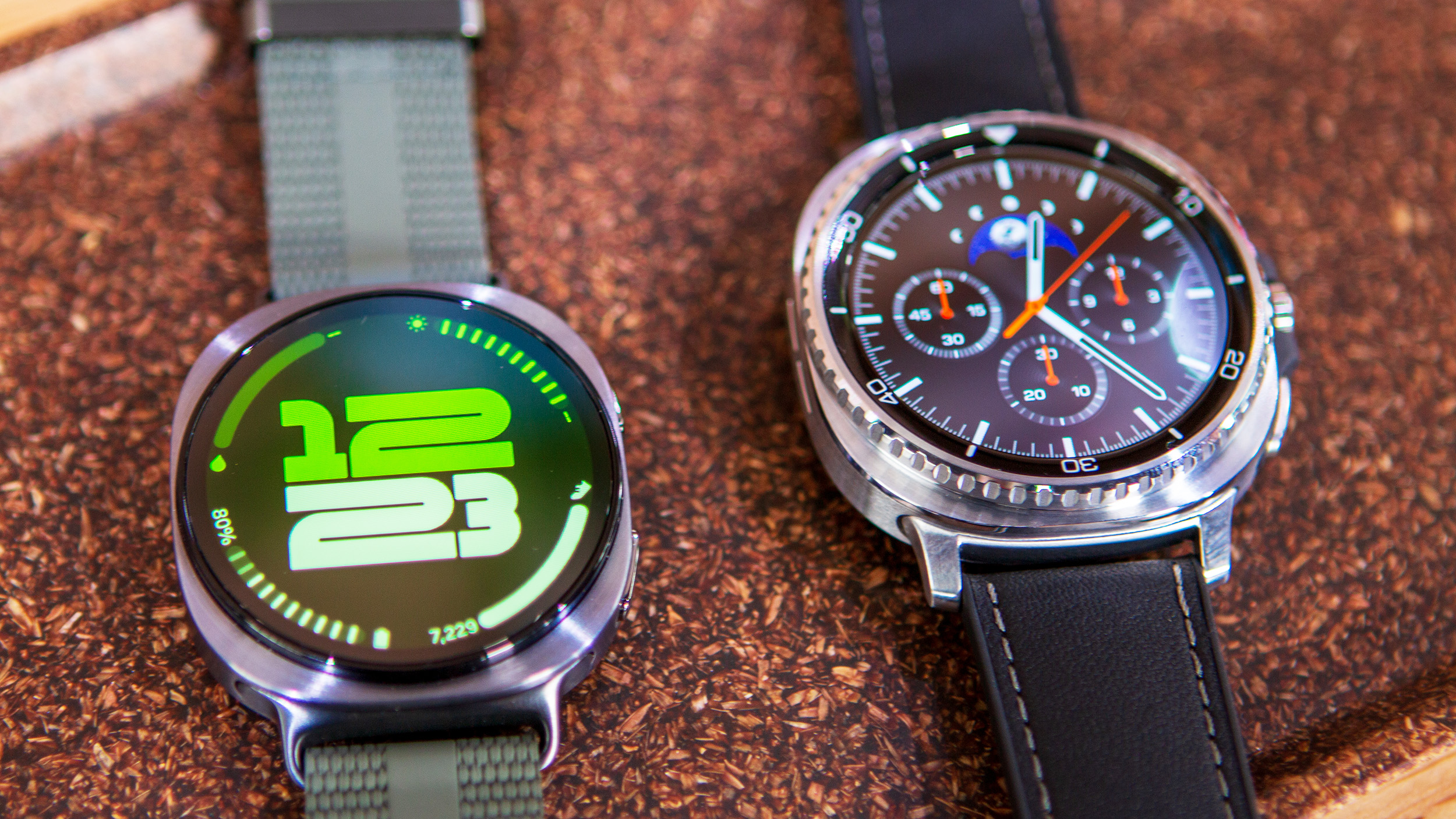
The Galaxy Watch 8 is 1.1mm skinnier than the Watch 7, or 2mm thinner than the Watch 8 Classic. So even if it looks thick in photos, it's the opposite because Samsung redesigned its internals to shrink things down.
The photos above and below show what the Galaxy Watch 8 looks like in person. Active-style Galaxy Watches have cases that hug the display edge so it feels like one seamless package; now, the bezelless display looks more isolated and elevated, and the squircle aluminum case stands out more.
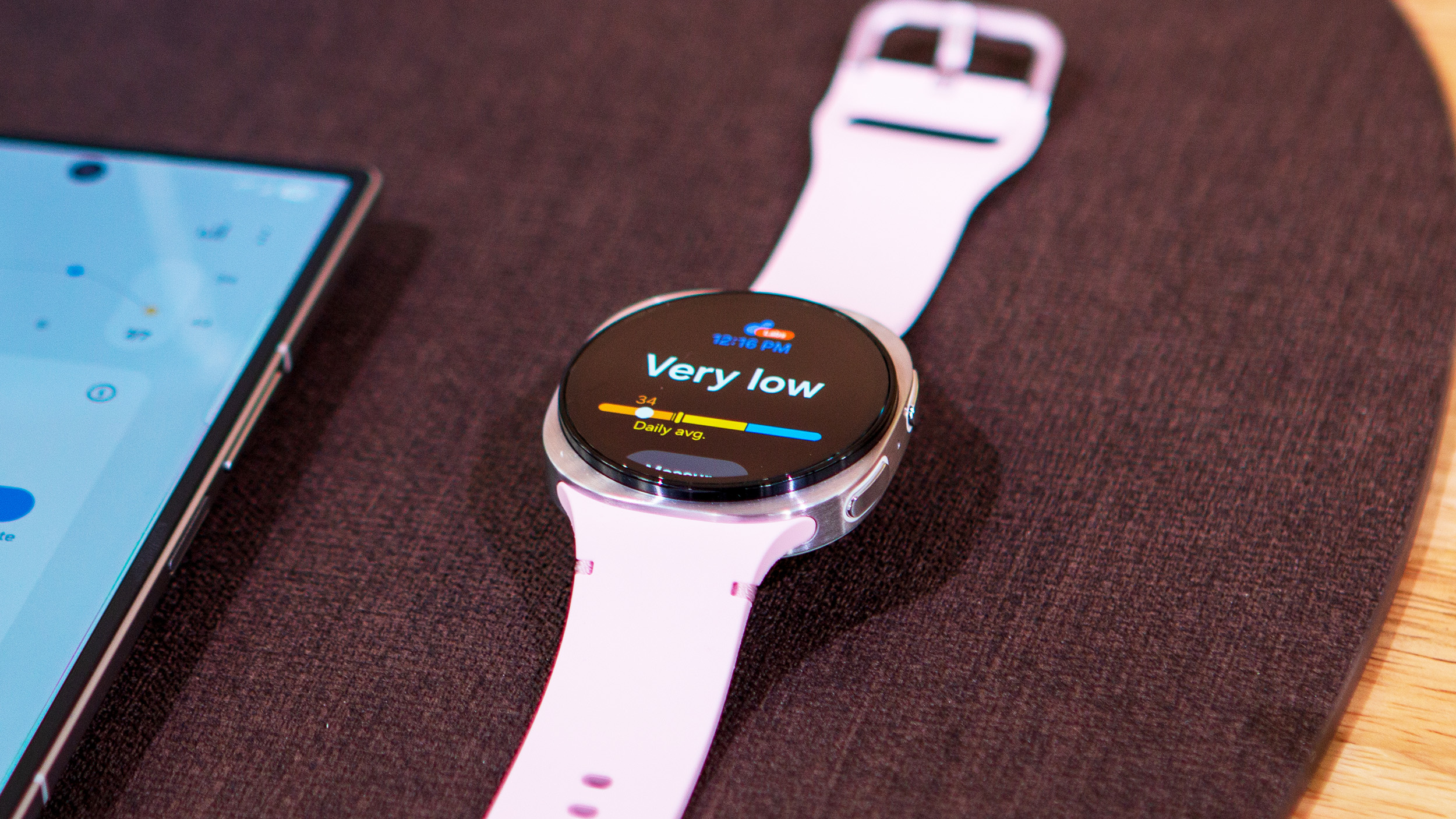
Personally, I've always found Galaxy Watches to be comfortable and functional, but fairly boring and far from a "normal" watch look. So I don't mind the Galaxy Watch 8 design experiment, because it switches things up after years of monotonous repetition.
Both the Watch 8 and 7 look artificial; the newer model just leans into this a bit more. Samsung superfans might dislike it, but since this squircle redesign is probably here to stay, you may want to try it out and see if you like it in person.
My colleague Andrew prefers the Watch 8 Classic look more and doesn't mind heavier watches, but he admitted that the Watch 8 is light enough to "forget" you're wearing it. With the default band attached, the Watch 8 40mm and 44mm will only weigh about 52–56g, very reasonable and comfortable for a smartwatch.
No other smartwatch looks like the Galaxy Watch 8 Classic (except the Ultra)
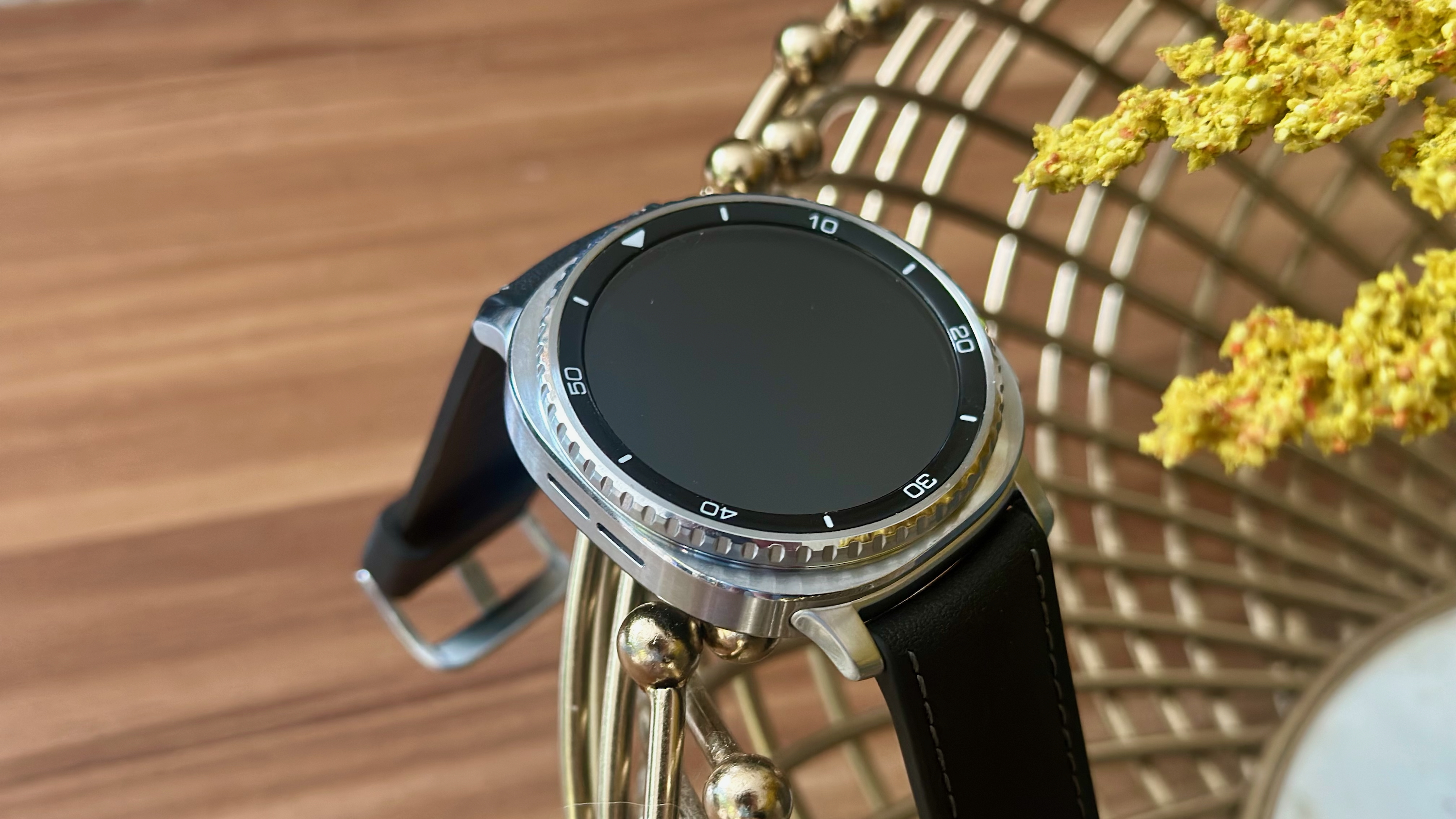
Galaxy Watch 6 Classic owners may feel conflicted about the Watch 8 Classic look, because the Ultra chic runs directly counter to the idea of a "classic" smartwatch design. But if you're strictly buying for the rotating bezel paired with two generations of upgrades, the Watch 8 Classic fits the bill nicely.
Where the Watch 8 display looks naked above the square-ish case, the Watch 8 Classic fills that gap with the zero-to-sixty scale border and the rotating bezel. From your top-down perspective wearing it, the Watch 8 Classic looks stylish and doesn't seem "unnatural."
To others, however, its flat sides may look bulky, calling attention to the fact that it's a smartwatch.
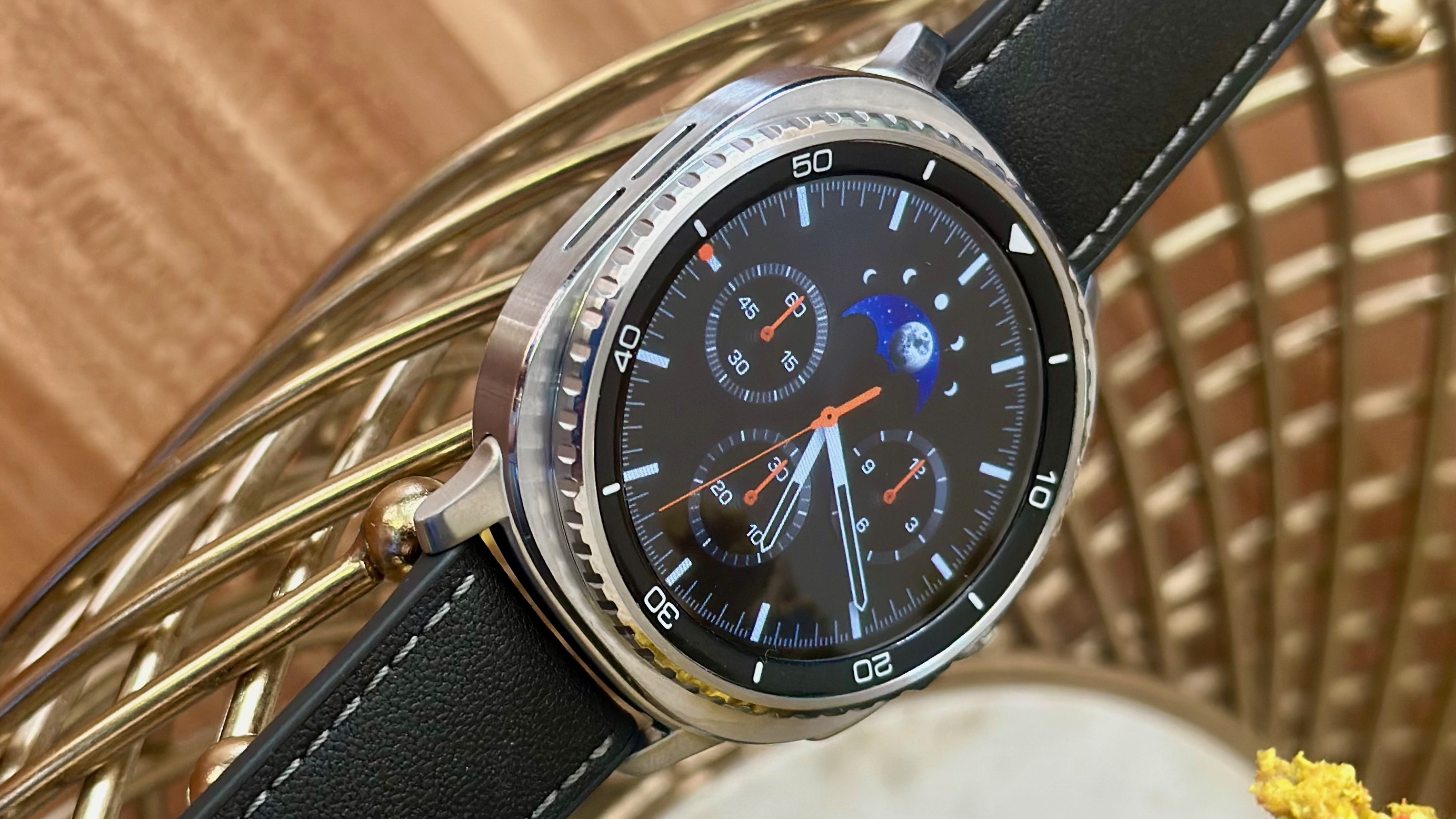
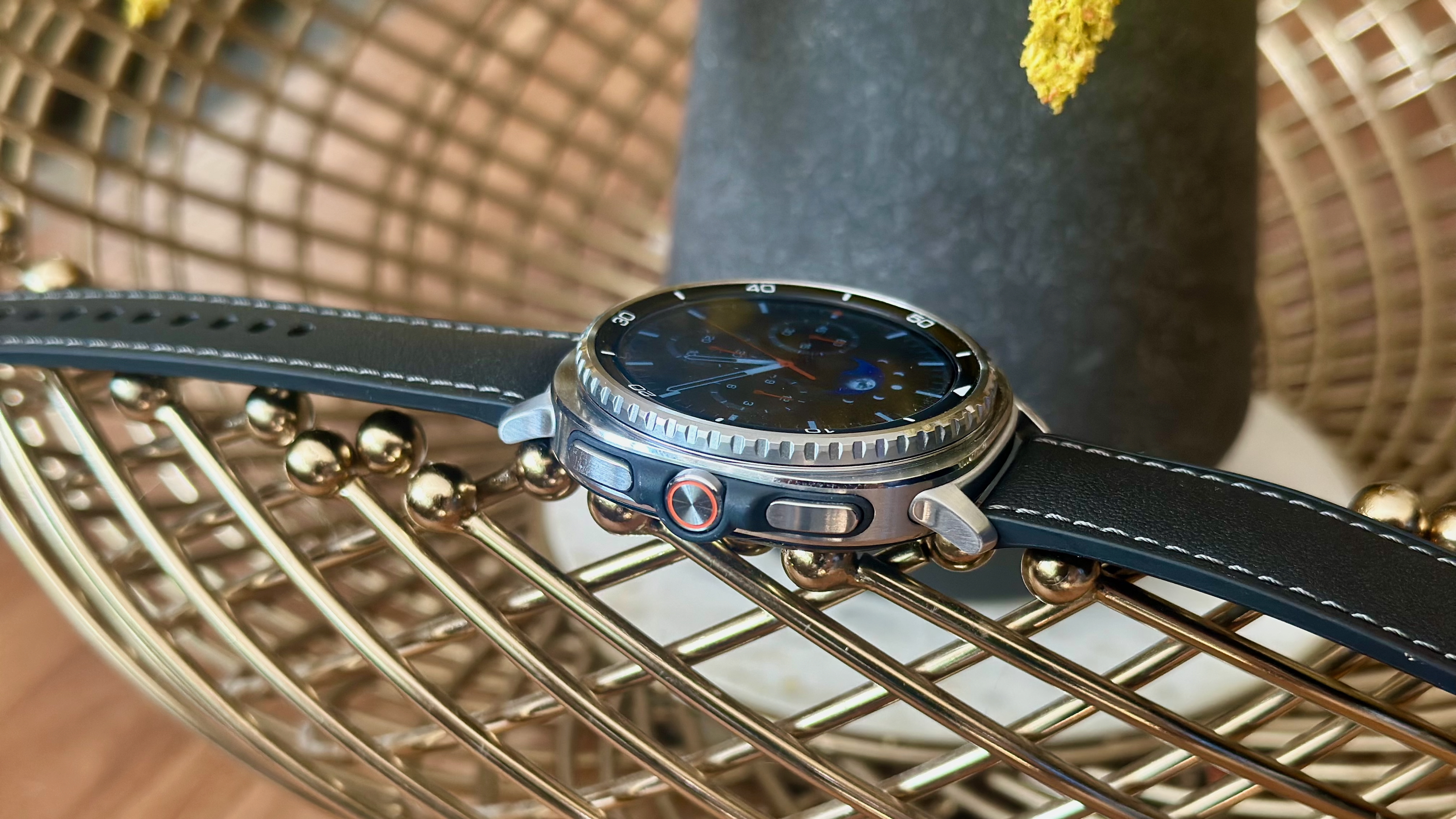
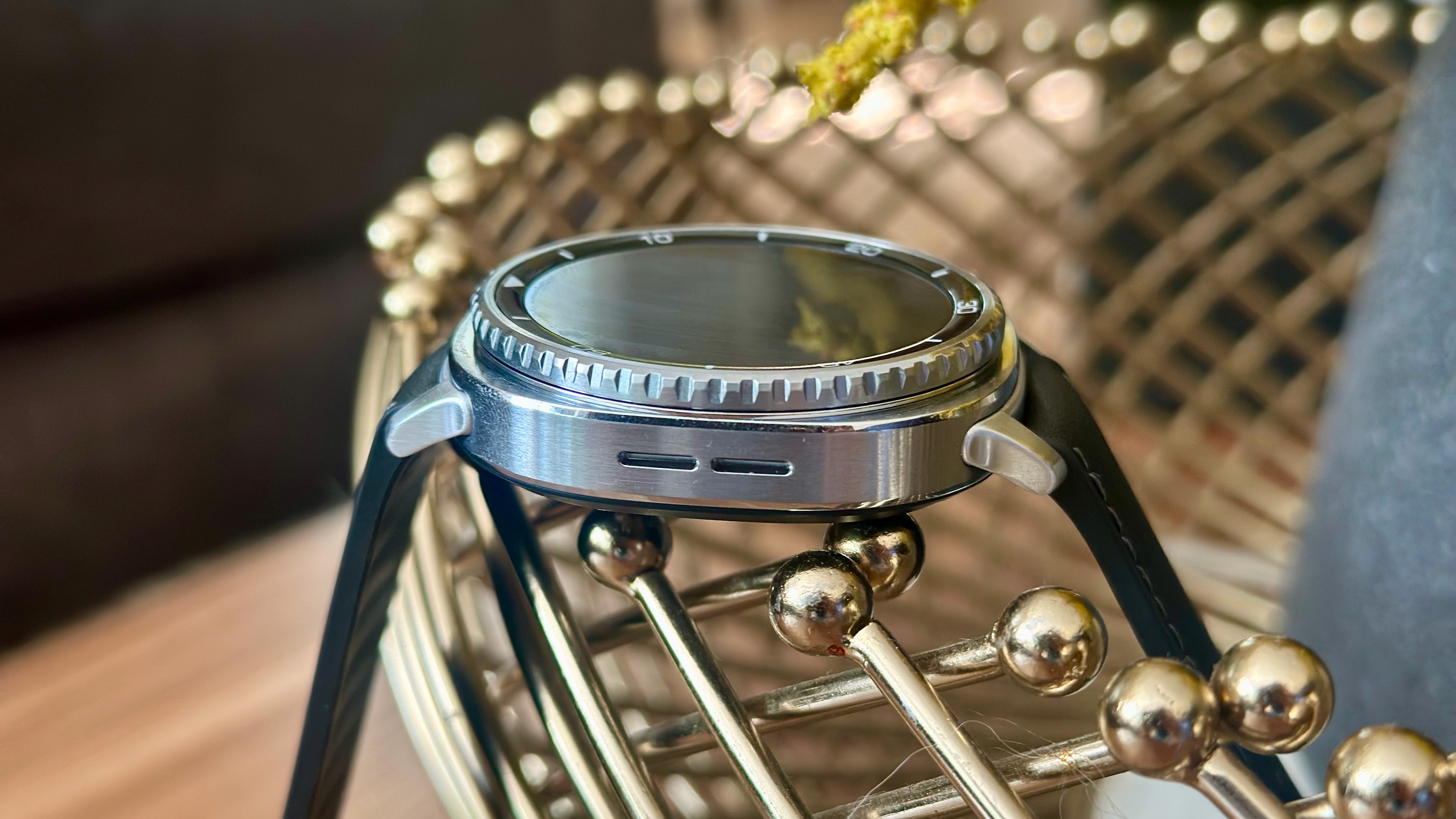
You may be rightly concerned that the extra steel casing makes the Watch 8 Classic overly heavy. In practice, both my Watch 8 Classic 46mm and Watch 6 Classic 47mm weigh 86g or 3oz. And the newer model is 0.3mm thinner, though you can barely tell the difference in person.
The bulk does have an impact, because Samsung gave its Watch 8 Classic a smaller 1.34-inch display; there's no 1.5-inch option this time because (presumably) it would be way too heavy. You'll have to accept that visual downgrade, though you get an extra 1,000 nits of brightness, the Quick Button, 64GB of storage, and the other Watch 8 upgrades as consolation.
It's clear that Samsung made the Classic a more affordable spin-off of the Ultra, without the benefit of an extra day of battery life. It's too heavy for casual smartwatch fans, but those willing to wear a heavier watch might want the Ultra, or a cheaper, long-lasting option like the OnePlus Watch 3.
Ultimately, long-time Classic fans will have to accept these changes for the rotating bezel, which feels just as seamless and natural to use as it did with the Watch 6 Classic.
Your Watch 8 upgrade decision will come down to Samsung Health
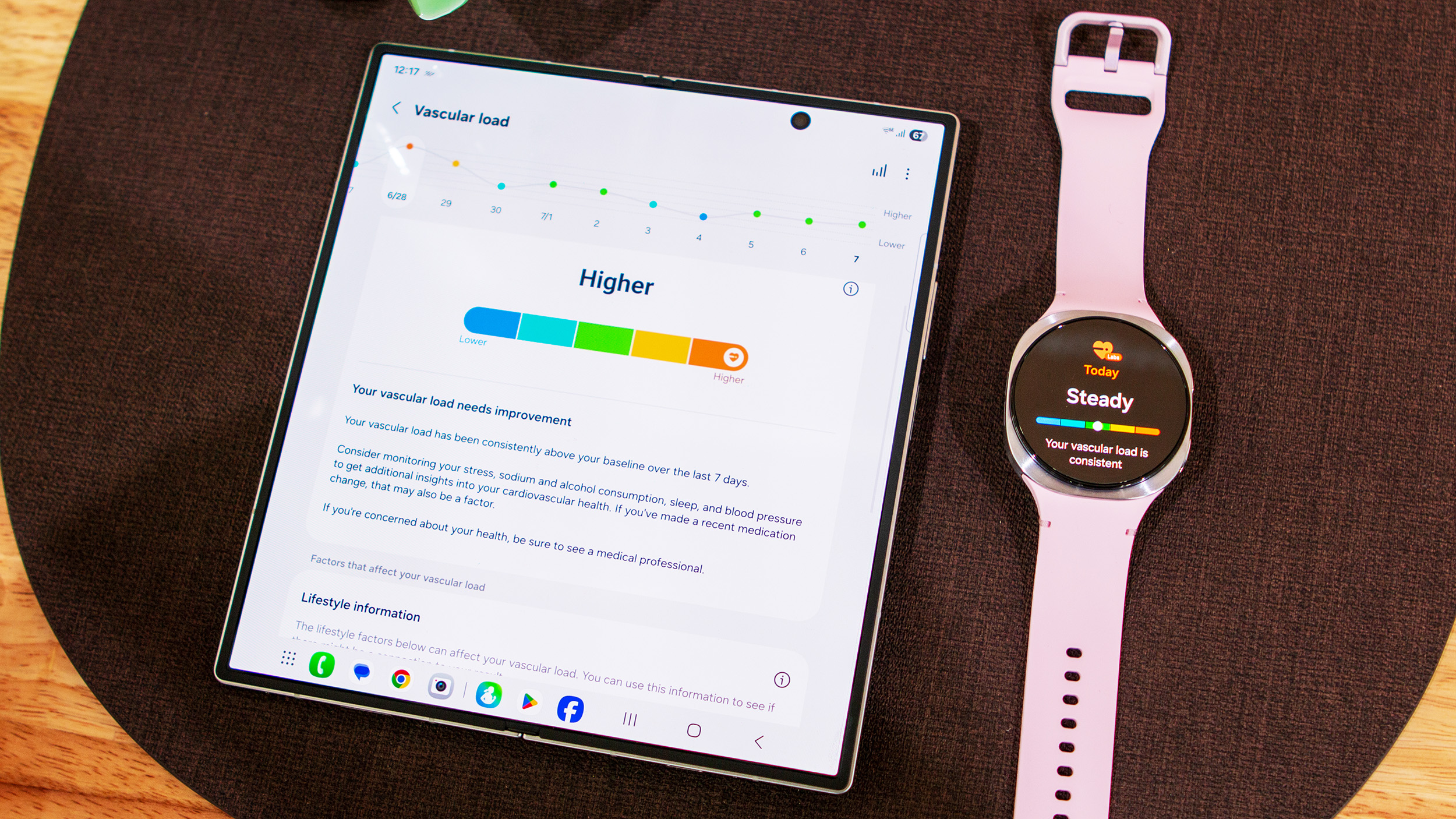
The Galaxy Watch 8 launches with Wear OS 6 running One UI 8 Watch, with major new health metrics: carotene levels for your Antioxidant Index, heart health with Vascular Load, personalized training plans with Running Coach, and circadian rhythm for Bedtime Guidance.
I assumed that because the Watch 8 and 7 share the same health sensor suite, the Watch 7 would track all of this data once it got the update in a few months. I shouldn't have assumed!
Samsung's blog post footnotes warn that Vascular Load and Antioxidant Index will be "only available with the Galaxy Watch Ultra or later released Galaxy Watch series," even though the Ultra (2024) and Watch 7 came out the same year with the same sensors. Oddly, the Running Coach is locked to the Watch 7 and up.
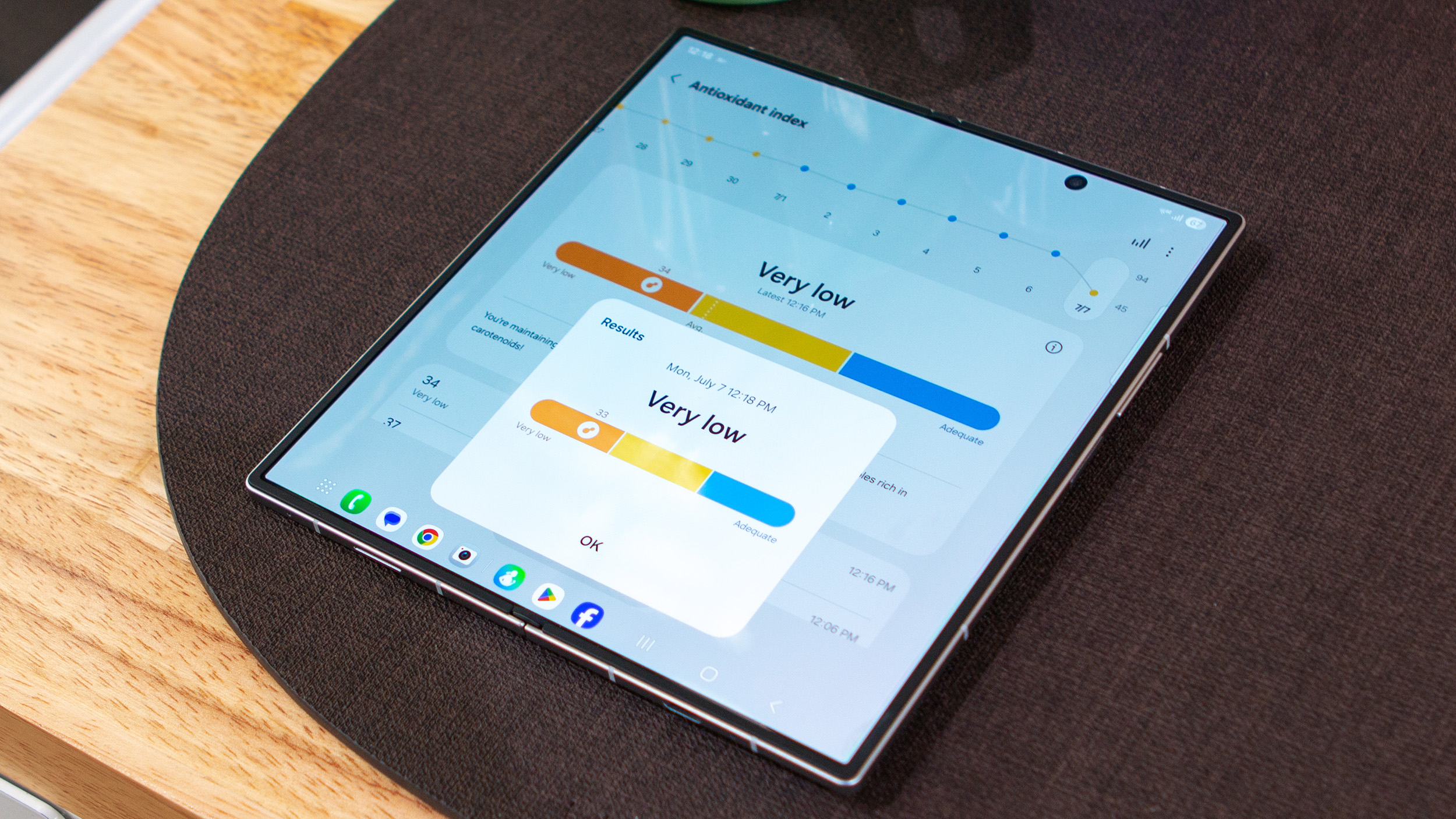
Samsung knew Ultra customers would expect to get every feature, but must have decided that tantalizing Galaxy Watch 7 customers with feature FOMO was fair game. It feels a bit cynical to lock features on a device that's just a year old to push people to upgrade.
As for older Galaxy Watch owners, these features (and the AGEs Index introduced last year) require the latest BioSensor to work, so you'd have to upgrade regardless.
So, are these tools useful enough to justify an upgrade? To me, it depends on whether these features are accurate enough to live up to Samsung's hype, and that's something I'll be testing and posting about on Android Central over the next couple of weeks. Hopefully, I can make your decision easier before the 25th.
Should you upgrade to the Galaxy Watch 8 or Watch 8 Classic?
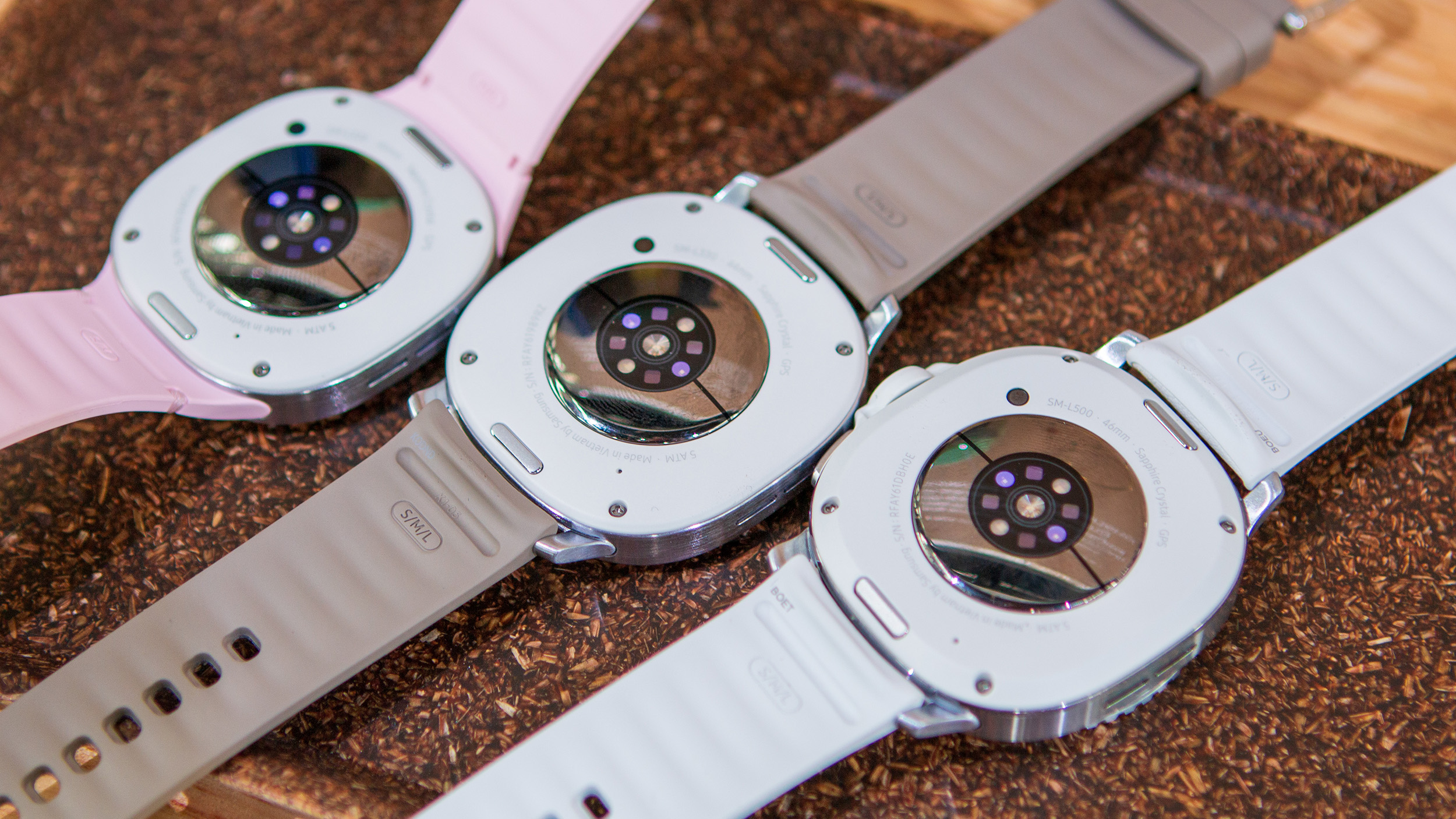
If you have a Galaxy Watch 4 or 4 Classic, I applaud you for your patience, but since they're about to run out of software support, you really should upgrade while Samsung is giving extra trade-in value for them.
Galaxy Watch 5 models have thick-bordered, dim displays and are two generations behind on Exynos chips with less RAM. It's not totally outdated yet, but I'd take the $150 in trade-in credit from Samsung to swap.
Watch 5 Pro or Watch 6 Classic owners can get $250 in trade-in credit for a Watch 8 Classic or Watch Ultra (2025), which makes the purchase slightly less painful.
If you have a Galaxy Watch 6 or (especially) 7, you can hold out on upgrading to the Watch 8 if you're hoping this design is a one-and-done. I'm skeptical, but it'll depend on whether this generation fails to turn around Samsung's declining smartwatch sales.
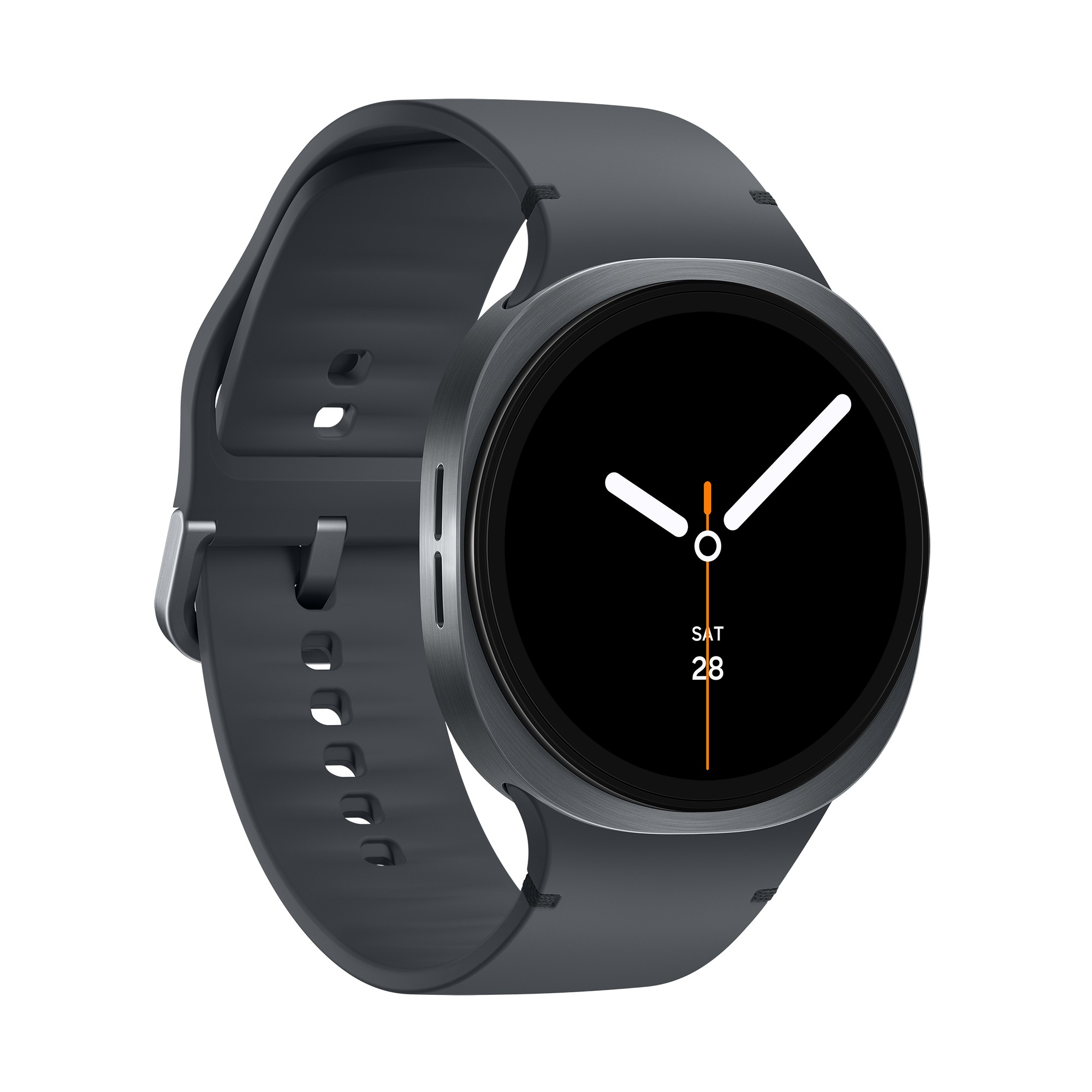
The Samsung Galaxy Watch 8 is likely to be the best Android smartwatch for Galaxy phone owners, with all the perks you loved in the Watch 7, now with Gemini commands and extra health, sleep, and nutritional guidance added into the Samsung Health app. And with a Samsung trade-in deal, you can use your old Galaxy Watch to make the upgrade more affordable.

Michael is Android Central's resident expert on wearables and fitness. Before joining Android Central, he freelanced for years at Techradar, Wareable, Windows Central, and Digital Trends. Channeling his love of running, he established himself as an expert on fitness watches, testing and reviewing models from Garmin, Fitbit, Samsung, Apple, COROS, Polar, Amazfit, Suunto, and more.
You must confirm your public display name before commenting
Please logout and then login again, you will then be prompted to enter your display name.
